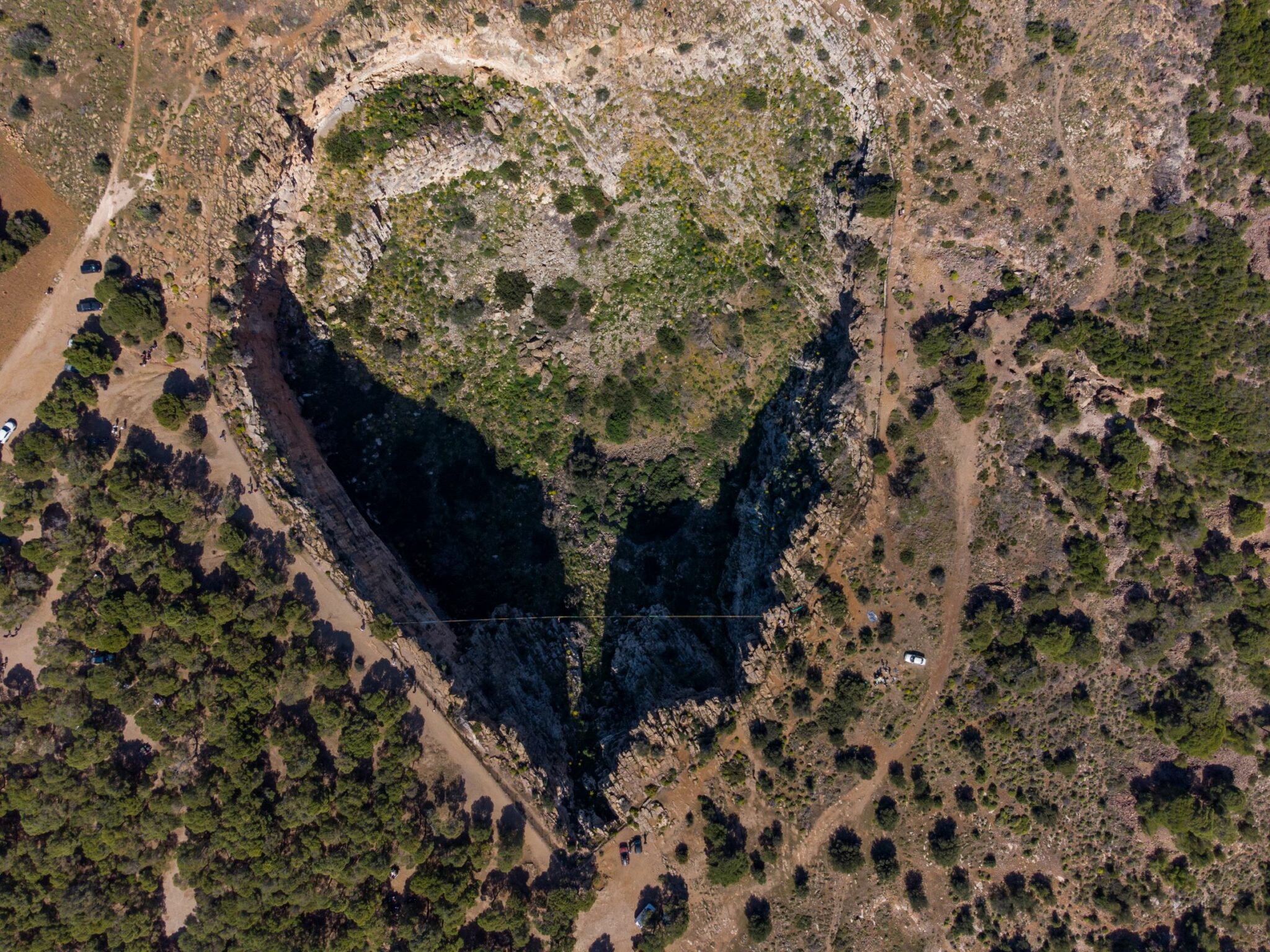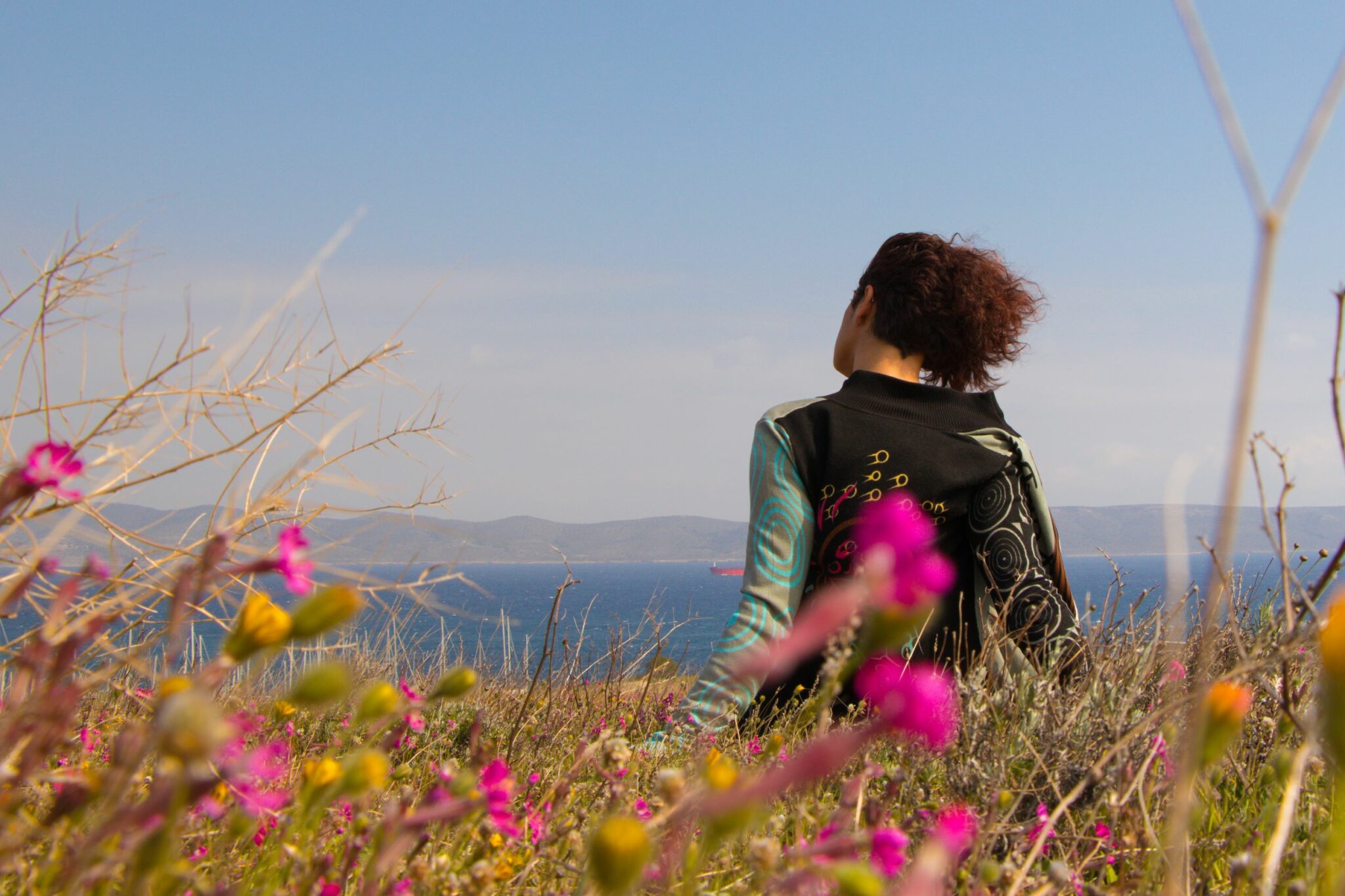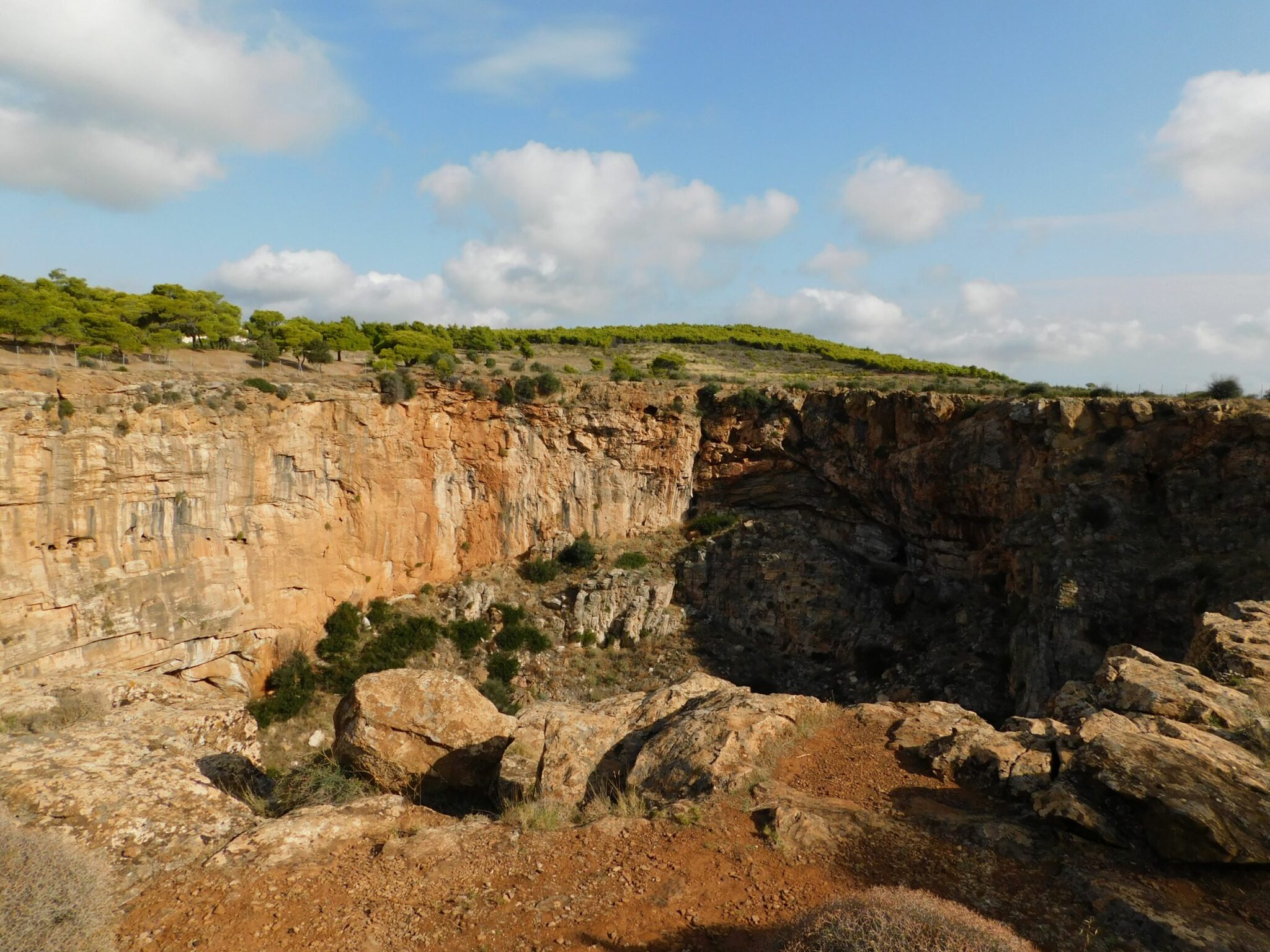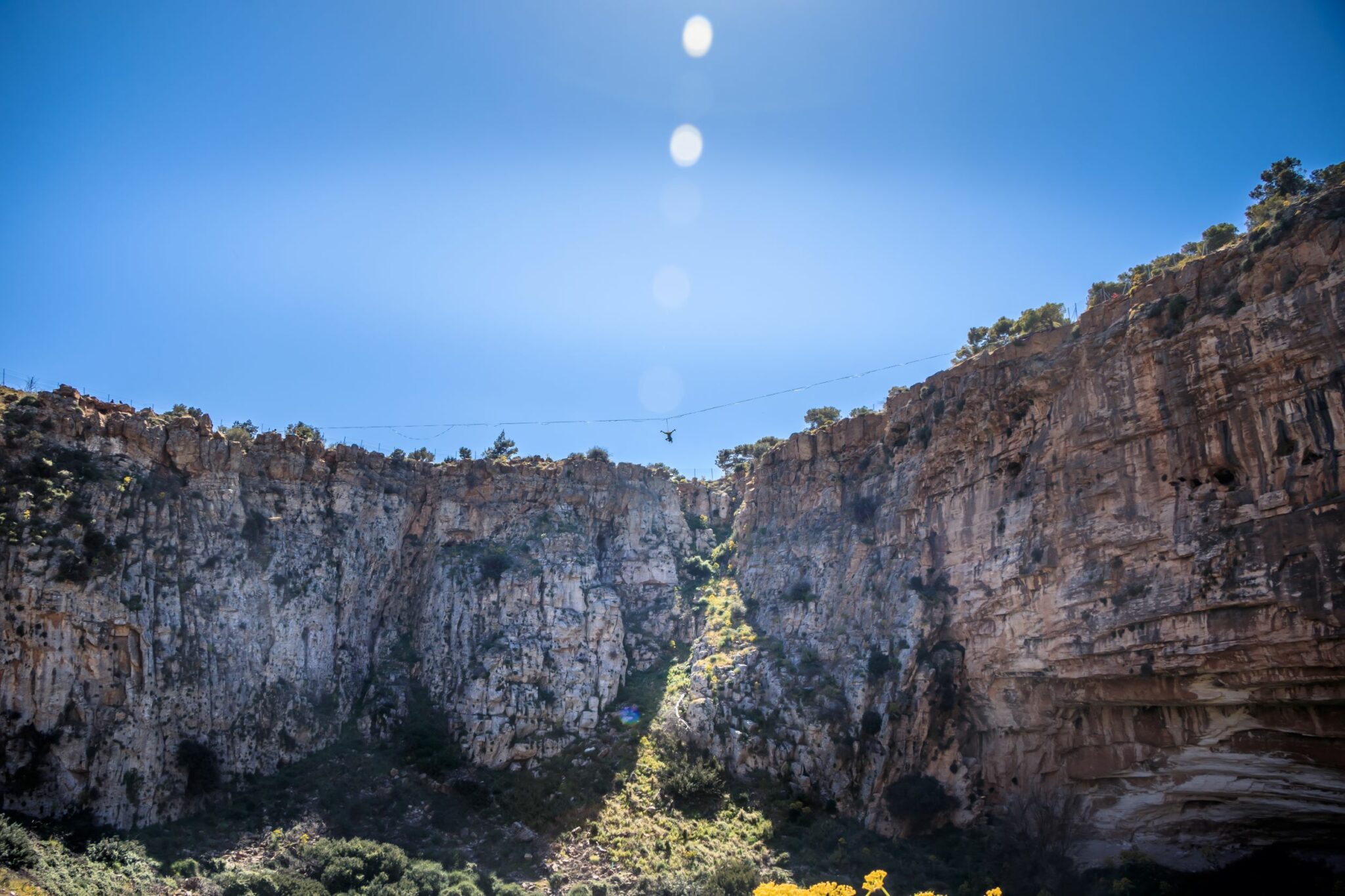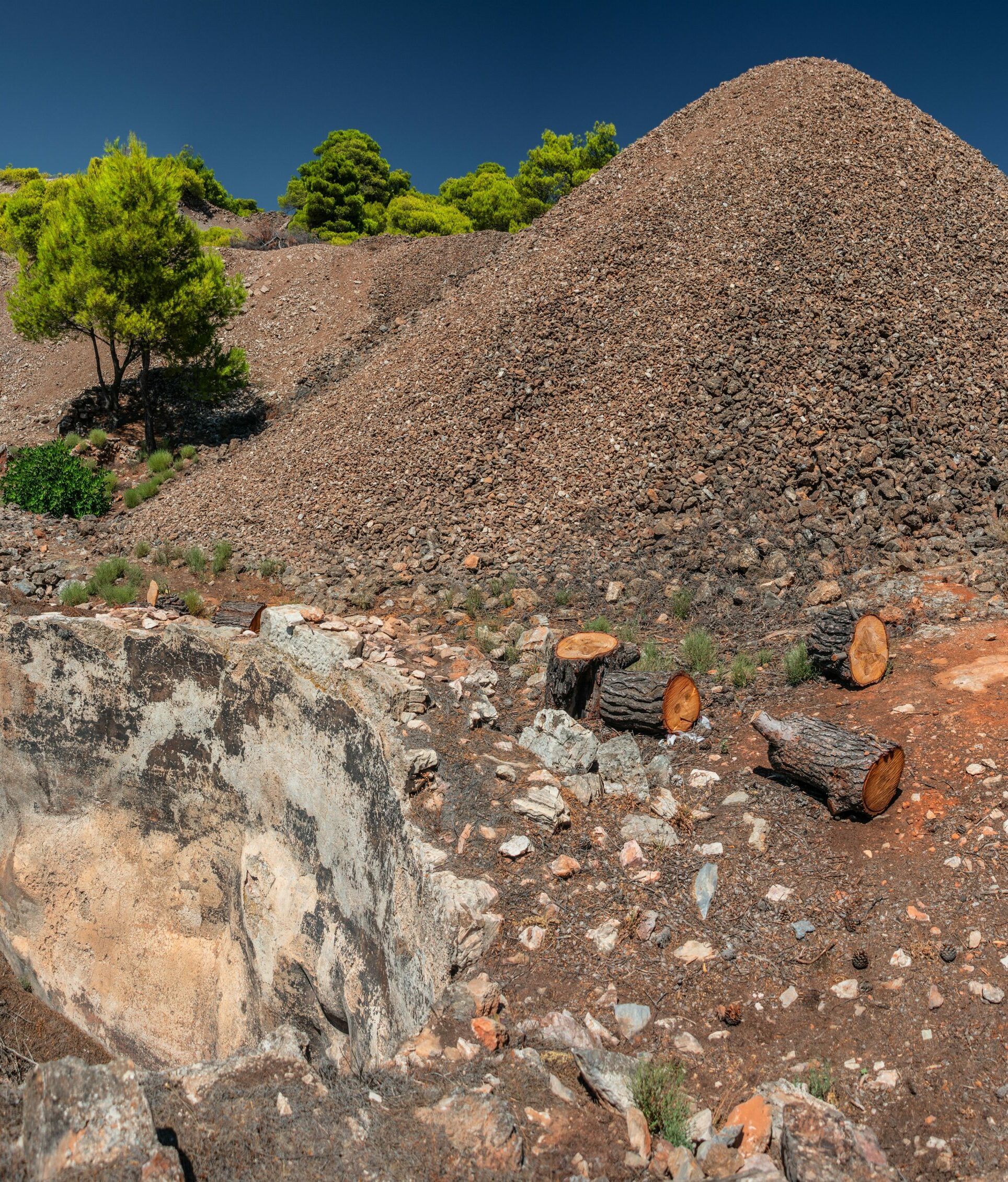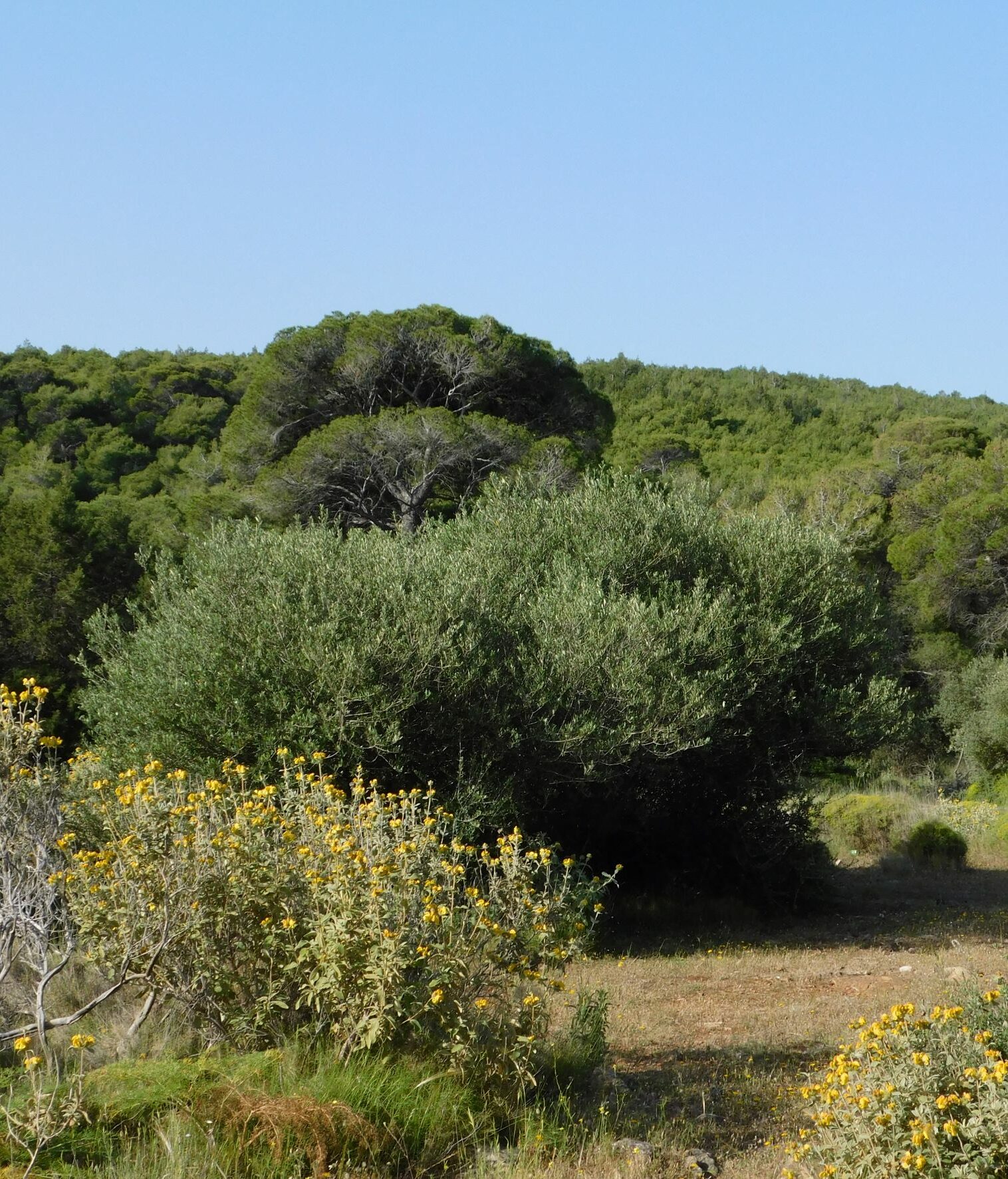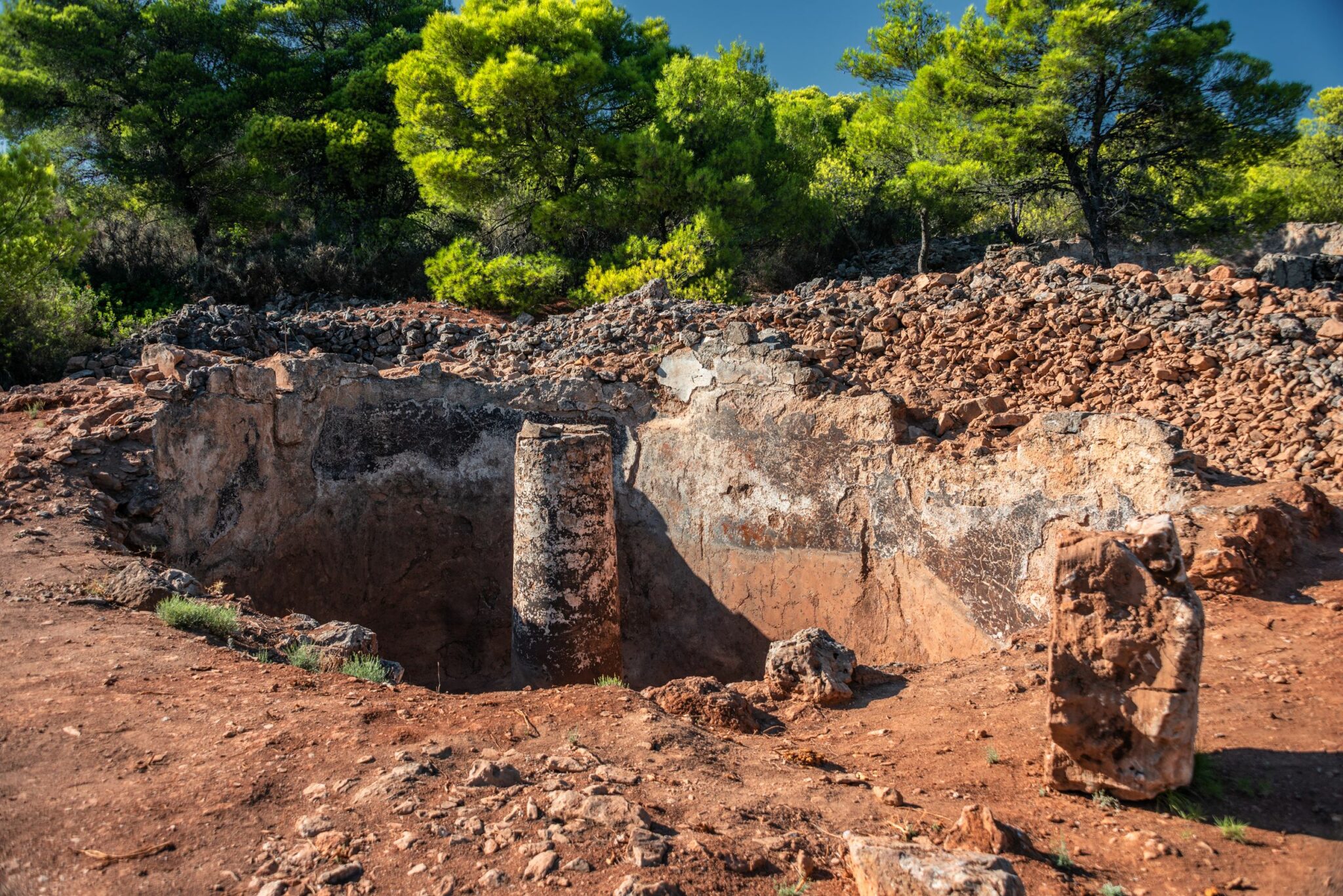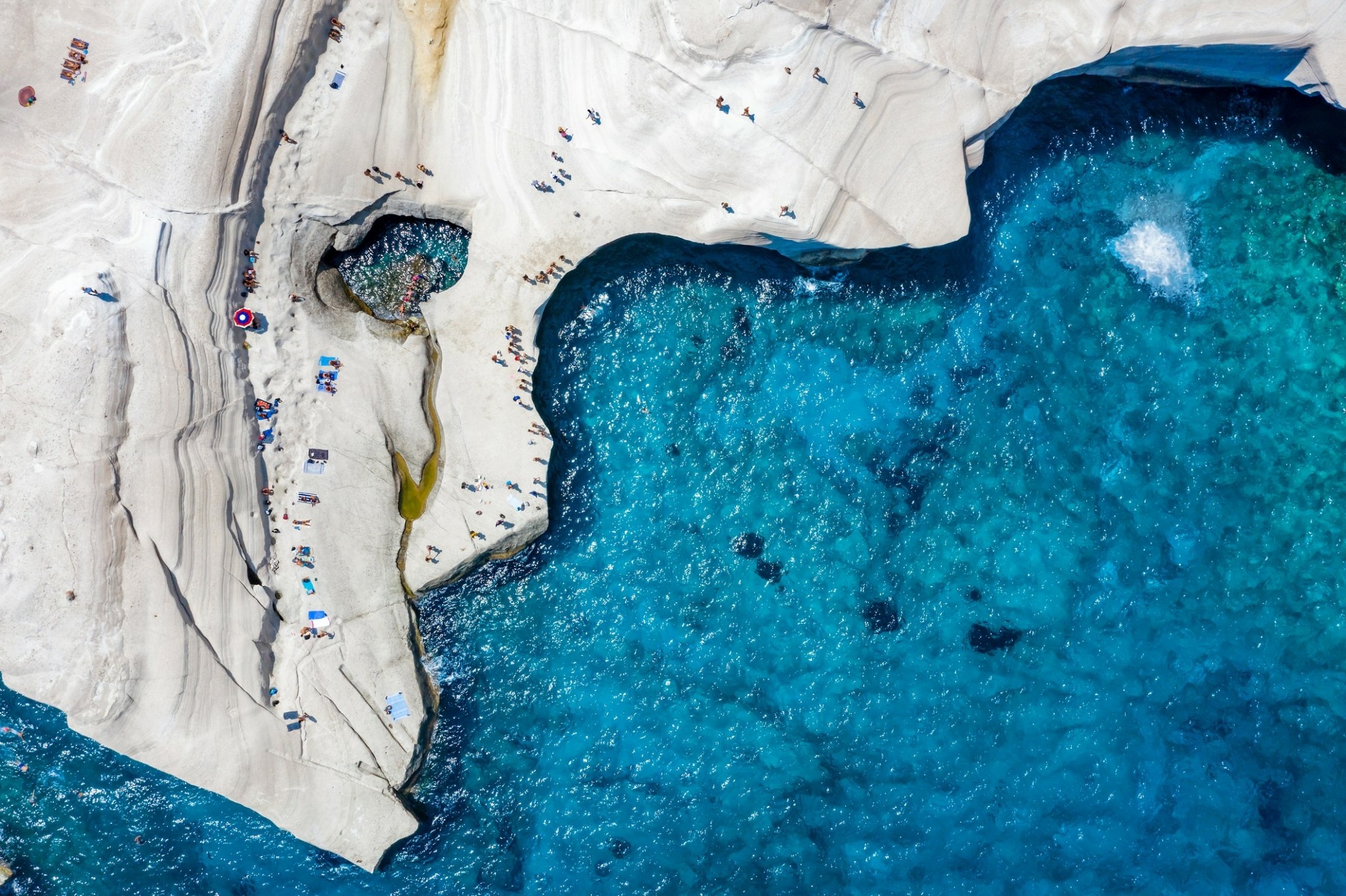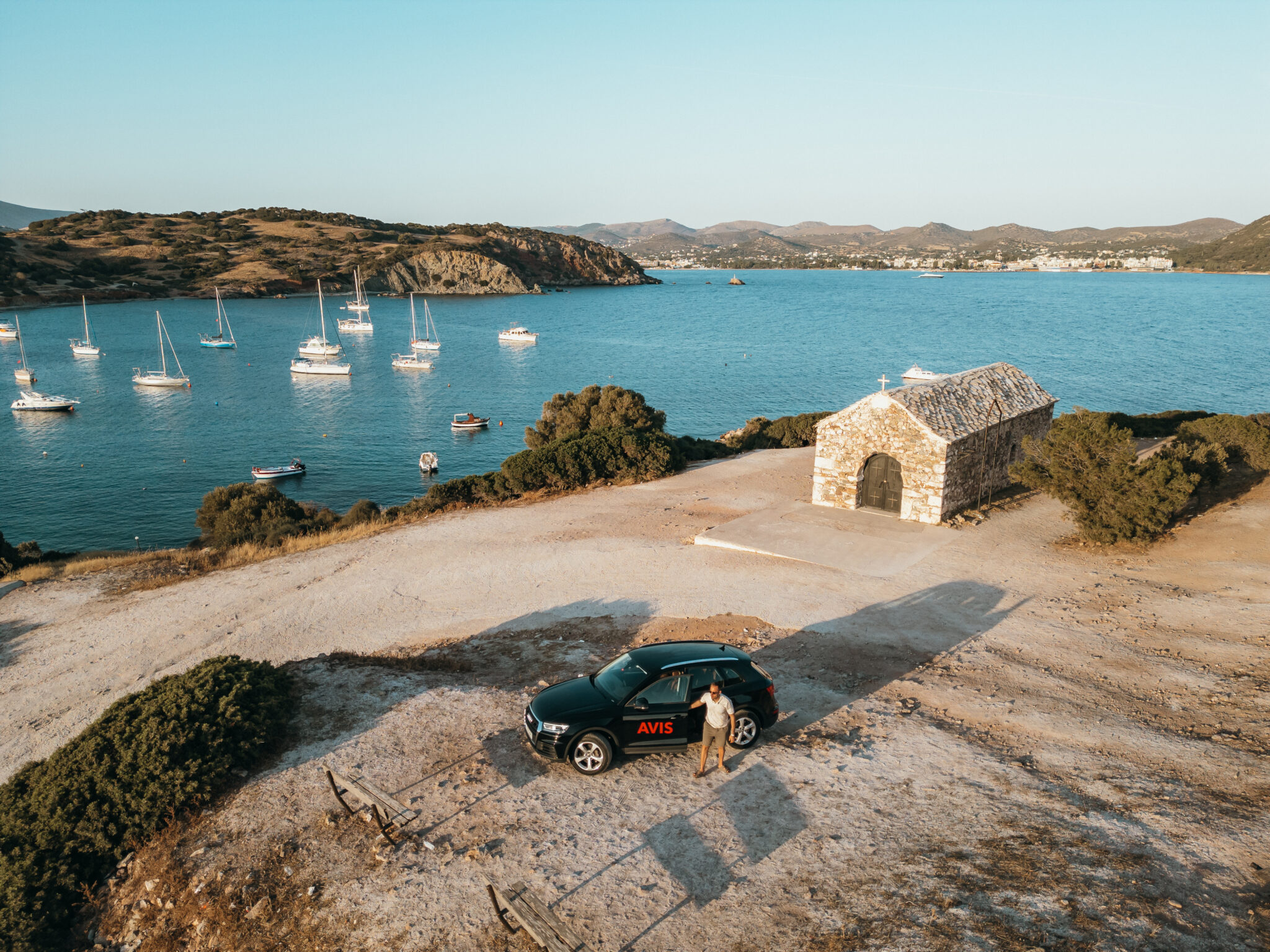The Sounio area, at the southernmost tip of the wider Athens region, attracts visitors from all over the world, lured by the Temple of Poseidon, as well as the beaches, nowadays being discovered by increasing numbers. Given the unusual autumn-like temperature one summer day in August when we visited the area, we decided to go to one of the region’s lesser-known yet just as fascinating locations, the Lavrio-Sounio National Park, where exceptional nature and technological history co-exist.
The Lavrio-Sounio National Park covers 3,500 hectares, of which 700 hectares is its heartland. This expanse has become the country’s smallest national park as a considerable section was ravaged by a major fire in 1985, just eleven years after the grounds had been classified a national park. Other fires have since also broken out in the wider area, but nature has managed to regenerate and preserve itself. The vegetation is a delightful Mediterranean mix of pines, kermes oaks and strawberry trees (arbutus unedo). But it is not the main reason why we recommend an excursion to this location, approximately 50 km from the centre of Athens. The main reason is linked to ancient activity in the area.
The Lavrio area’s mines operated here from as far back as approximately 3000 BC, up until the 1970s, with extended breaks in between. Metals such as lead and, primarily, silver, were extracted here during antiquity, a key factor behind the might of Ancient Athens. This area is more a geological park and an ancient technology museum than a forest.
Road to the Egoilon Chaos, a giant crater
Our visit did include an archeological section, but did not start from there. We began from the mountain village Agios Konstantinos (Kamariza), headed towards the Egoilon Chaos, a giant crater.
One of the most impressive geological formations on Greek territory, the Egoilon Chaos crater measures approximately 150 metres in diameter and is just over 50 metres deep. According to geologists, this giant crater-like chasm was once most probably a cave with a roof that eventually collapsed, either as a result of erosion caused by rainfall or earthquake activity. Experts estimate that these developments took place two million years ago. According to local legend, the chasm was formed after the land was struck by a meteorite in the late 18th century, but this theory has not been scientifically proven. Mining galleries definitely existed here in the past, as indicated by holes in the rocks. The chasm was one of the spots where we stopped over. It has benches to the side. We were not the only ones there. Not far from us, two families were enjoying their picnics.
Having seen the Egoilon Chaos crater, we were back on the paved road again. The city of Lavrio and the island Makronisos, opposite it, were both visible as we crossed the low mountain area.
We chose to turn left onto a dirt road running between pines and low vegetation. More recent mining facilities were apparent as we walked around the area. We kept seeing mineral rocks, remnants from the time when mining activity was intense in the area. Over 750 types of minerals have been recorded in the Lavrio area, making it one of the richest subsoils in the world.
Admiring the ancient mines
Agia Triada, a chapel, was our next stop. The spot also had benches, drawing people for picnics. The main area of the ancient mines essentially begins from here. Cisterns and mining washes of the ancient period are the most impressive features to be seen here.
Mining washes were used to separate silver from unwanted materials dug out during antiquity. Massive rectangular installations, the mining washes are partly carved out and partly built. Many of these have been preserved in excellent condition. As was explained to us at the Mineralogical Museum of Lavrio, the ore was extracted in mixed form, before precious metals were cleaned and separated from unwanted materials in the mining washes. Recycled rain water was used for economy. Precious metals were then melted down, completing the mining process.
Our short excursion, which took us back to times of ancient Greek technology and the mineral bounty of Greek land, was topped off with a meal, coffee and a look around Lavrio, a town that has managed to regain its footing after being greatly deindustrialised in the early 1990s. Lavrio has developed into an interesting place where antiquity co-exists with the modern era, featuring neoclassical buildings and modern elements.
A few trekking tips for the Lavrio-Sounio National Park
- Opt to visit the Lavrio-Sounio National Park on a day when temperatures are mild. Routes through the national park are exposed to the sun.
- If you are unable or unwilling to cover great distances on foot, keep in mind that the route from the Egoilon Chaos crater to Agia Triada is connected by a paved road that may be driven through. This will give you more time for the archaeological site, feeling rested too, or a picnic.
- As numerous open wells, caves and gallery entrances exist in the area, visitors are advised to be particularly careful when walking and pay attention to warning signs.
- Just a small number of animals inhabit the national park, but, if lucky, you may see foxes.
- A circular walking route beginning from the Egoilon Chaos crater and passing by Agia Triada and the ancient mining area runs for approximately 7 km and takes roughly 2 hours to cover, without stops. It is a comfortable route, but does include some uphill sections.
Read also:
Fraktos Forest on the Rodopi mountain range – A magnificent landscape in a remote part of Greece
Visiting Chios: Scenic windmills, the scent of mastic, villages perched on the rock
Chalkida, Greece: The hidden charm of a city with a loyal audience



